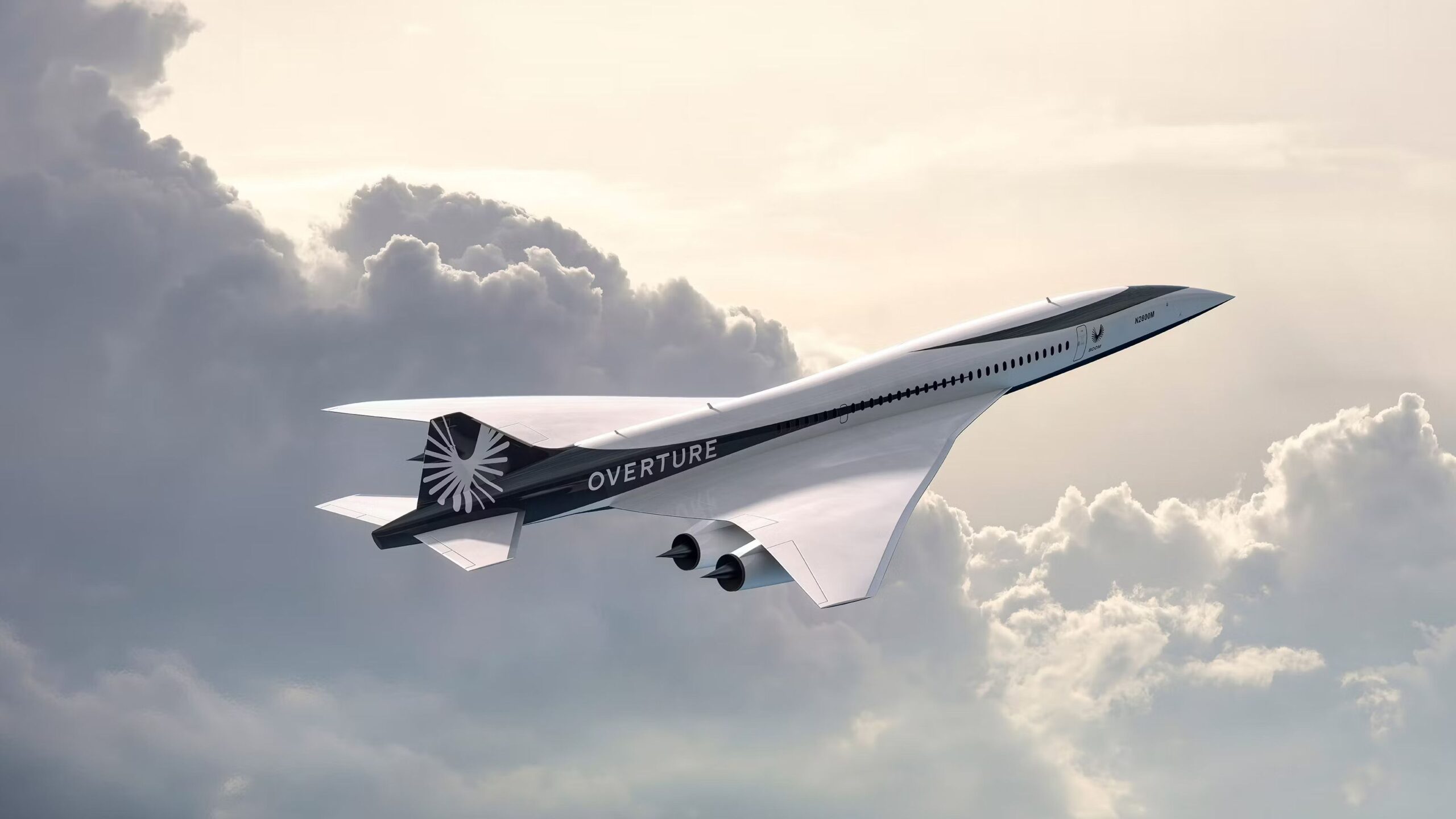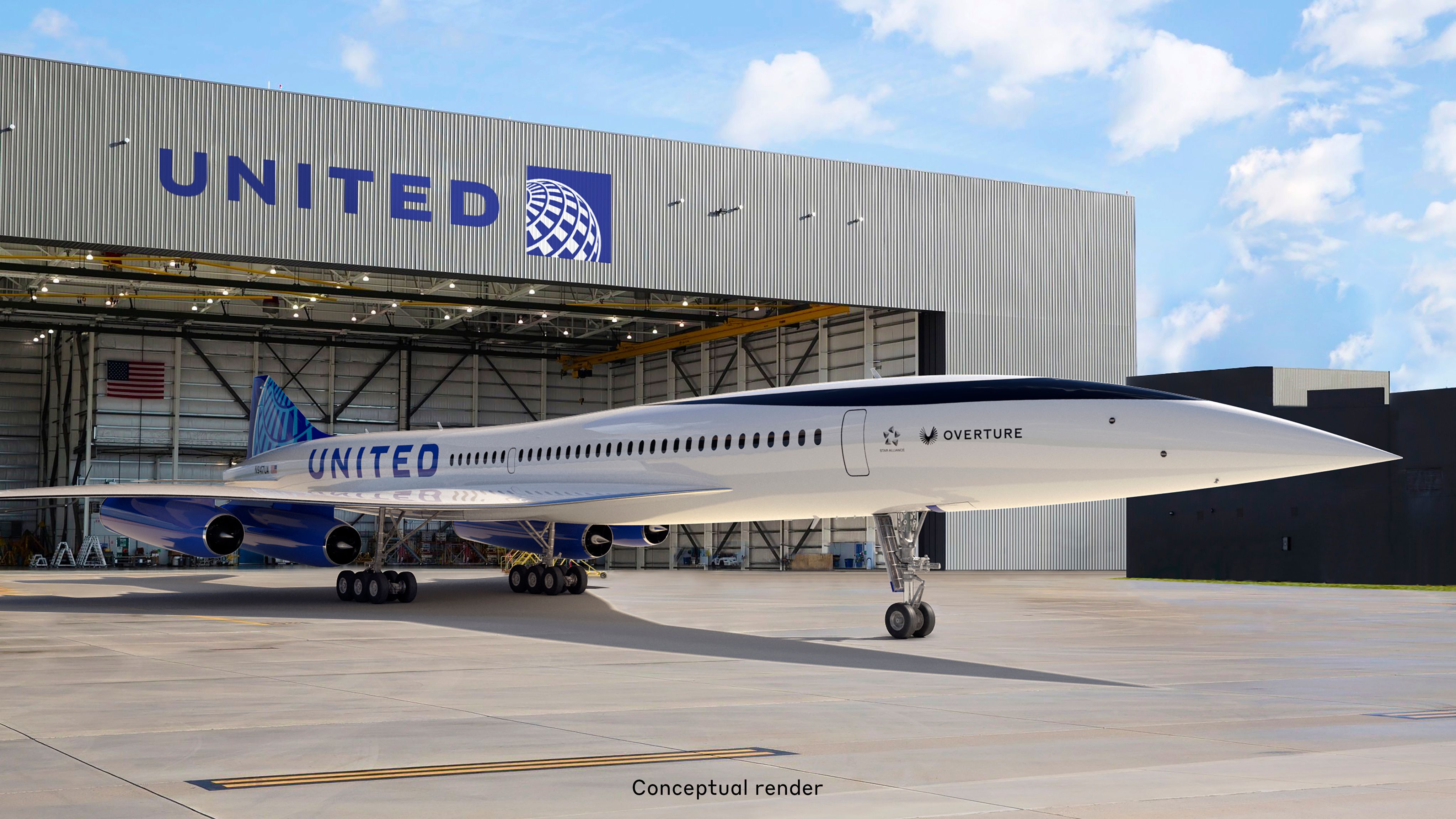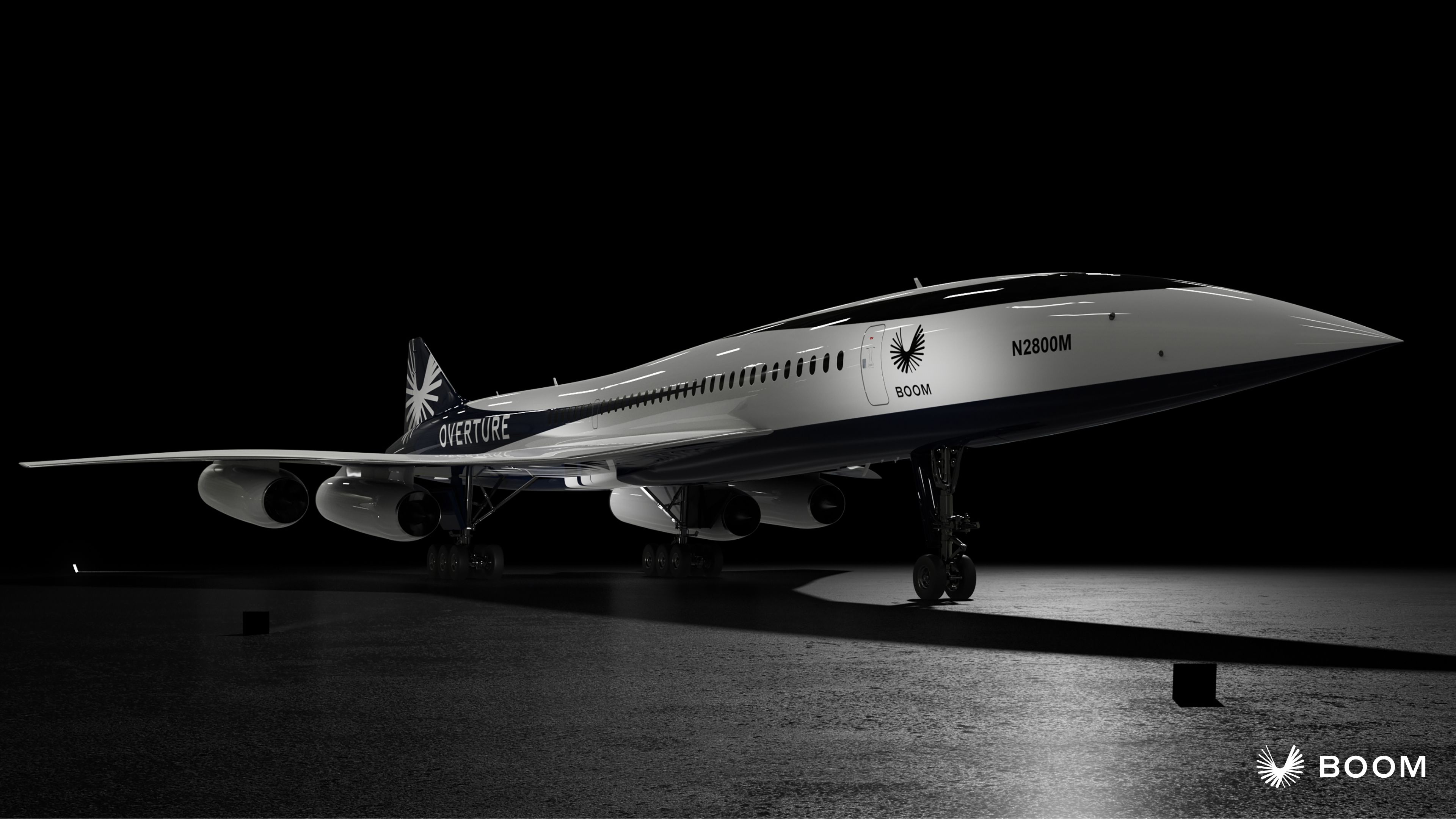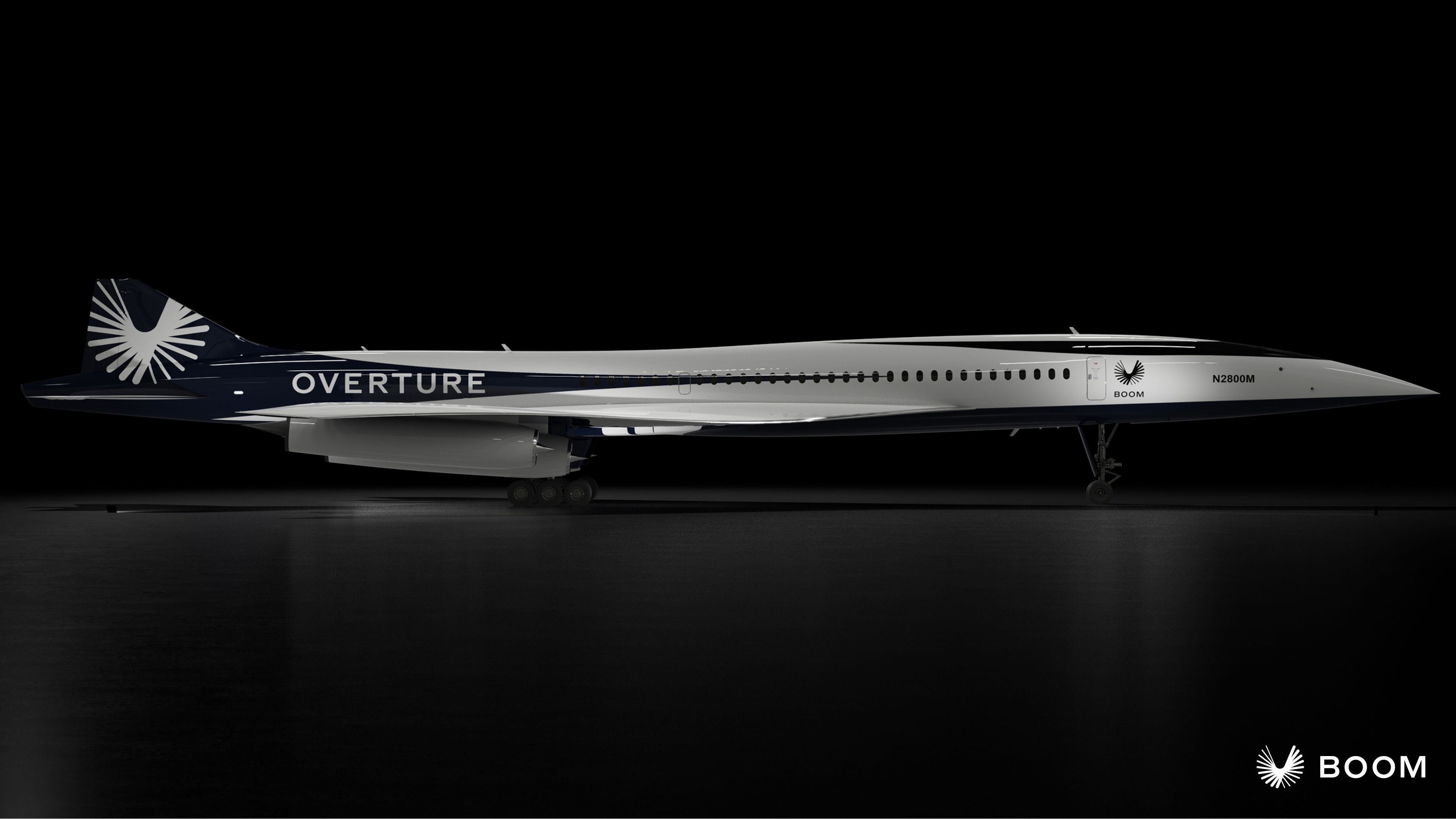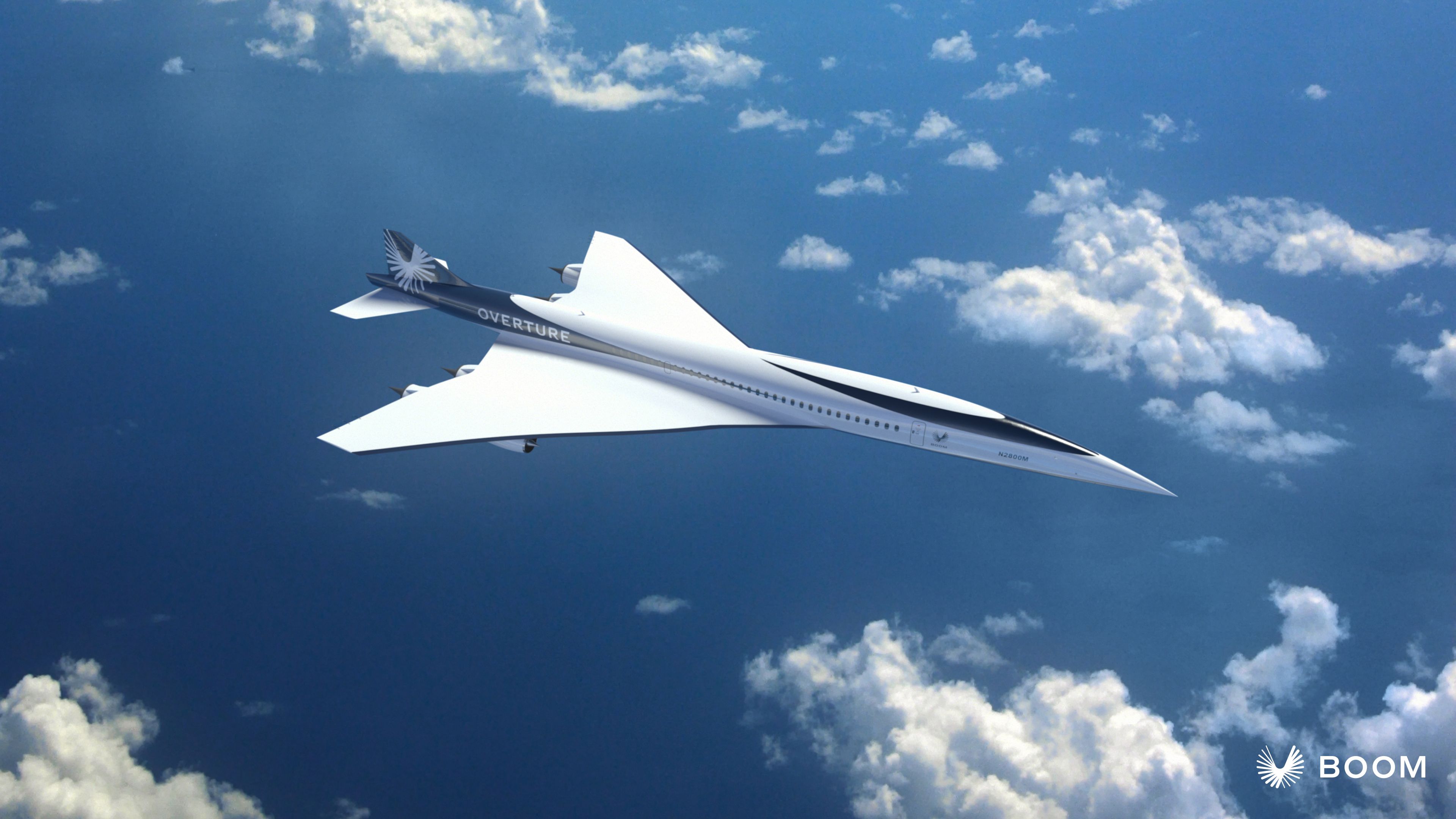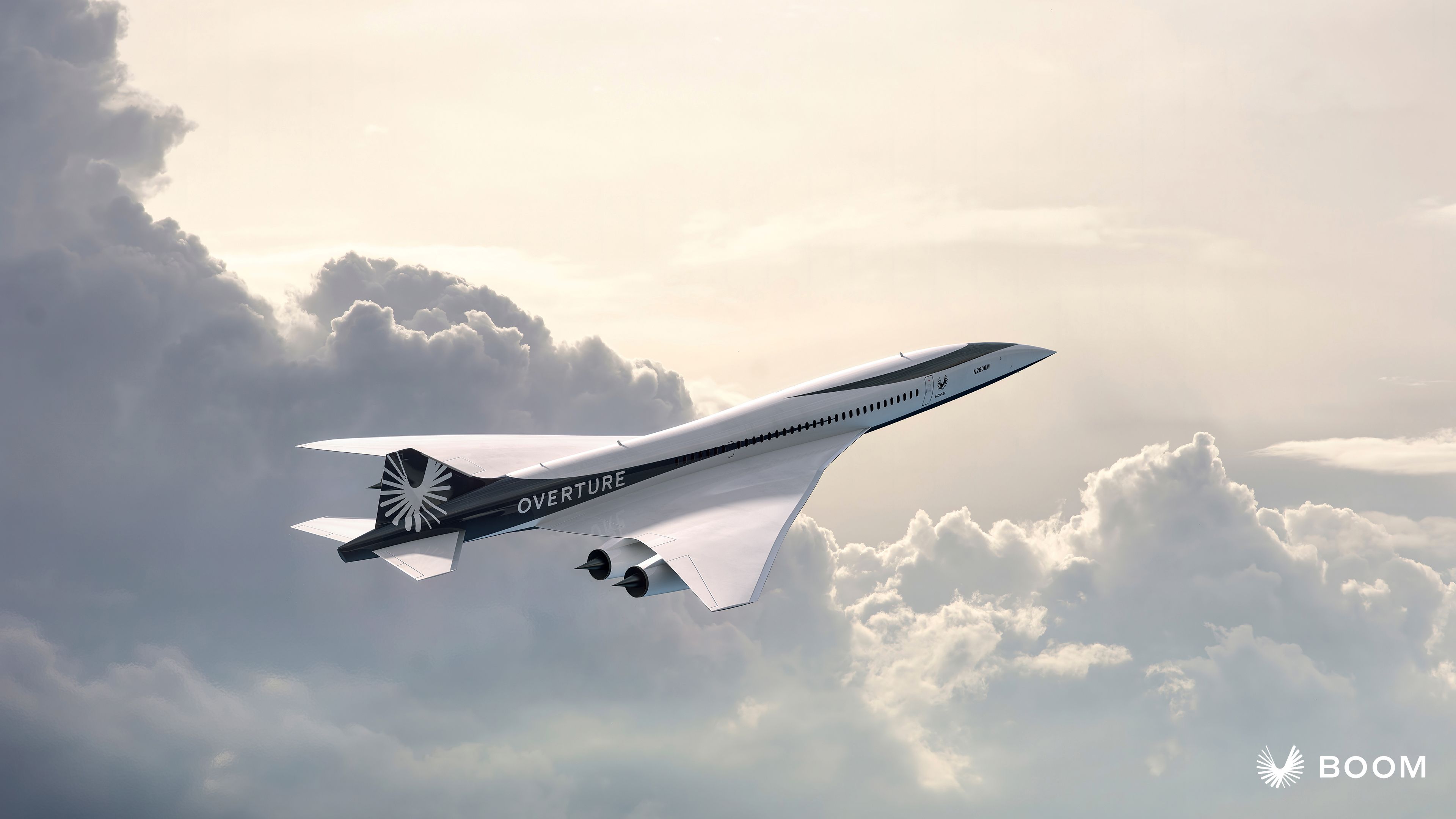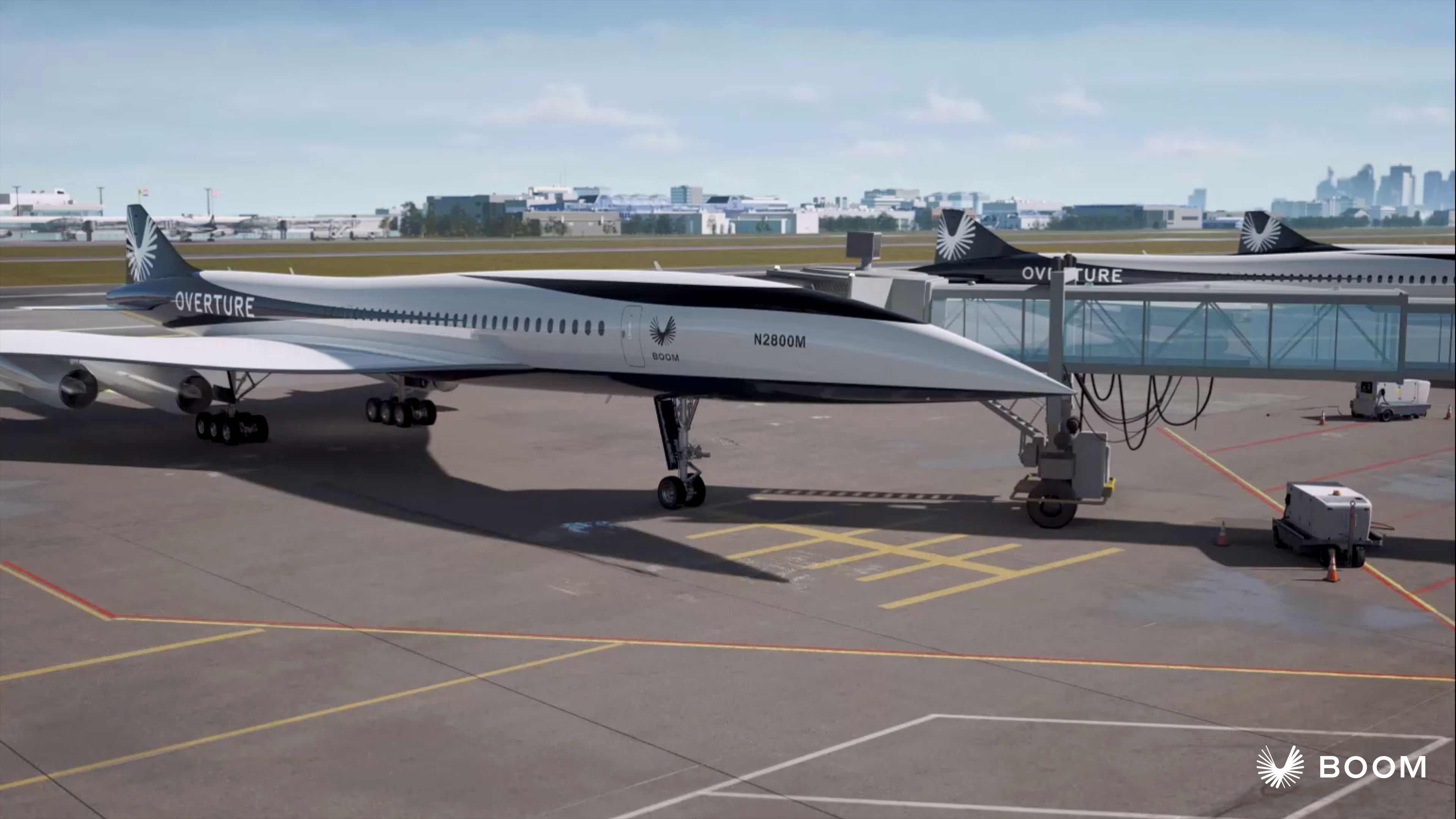Summary
- Boom Supersonic hopes to profit from the Overture with orders from major airlines, including the US Air Force.
- The Overture targets business travelers with premium offerings to ensure filling seats on shorter profitable routes.
- Profitability could be achieved through affluent private travelers, as supersonic travel grows in prestige.
How is Boom Supersonic hoping to make a profit with the 65-88 seat supersonic Overture? It is difficult (or risky) to profit from supersonic aircraft. They have very high development costs, high operating costs, and many restrictions on their use. Only two supersonic passenger jets have ever flown – the Soviet Tu-144 and the Anglo-French Concorde. The Soviet Tu-144 never made a profit (and it wasn’t intended to – it was purely for geopolitical competition). The Concorde made losses at first but later made a tidy profit.
Boom Supersonic’s order book
In June 2021, Boom made headlines when United Airlines announced a commitment to purchase 15 units of the jet. A year later, in August 2022, Boom again made waves when American Airlines ordered 20 examples of the Overture. Japan Airlines has also signed a “Strategic Partnership for Supersonic Air Travel” with the option for 20 Overture aircraft. Even the US Air Force has poured money into the project, seeing it as a potential future presidential aircraft.
Photo: Boom Supersonic
With two major US airlines committed to adding the Overture to their fleet, the aircraft will more than likely enter the skies before the end of the current decade. So far, Boom claims it has received 130 Overture orders and preorders (suggesting more airlines have placed orders for the jet). Whereas only 20 Concordes were ever built and flown, Boom claims there is demand for over 1,000 Overture jets.
|
Overture customers: |
Order or pre-order book: |
|---|---|
|
United Airlines: |
15 (with option for 35 more) |
|
American Airlines: |
Up to 20 (with option for 40 more) |
|
US Air Force: |
Unknown (likely low figures) |
|
Japan Airlines: |
Option for 20 |
|
Total order and preorder book: |
130 |
Photo: Boom Supersonic
But what has Boom done to mitigate the most common profitability issues in supersonic flying? In other words, how will airlines completely fill their Overtures in order to turn a considerable profit?
Overture tailed to the business market
Boom has been very clear that the aircraft will be targeted at business travelers, and all the company’s mockup images demonstrate a premium product in line with the nicest domestic first class offerings. After all, business travelers pay the highest prices for their tickets and would be most concerned about time.
Photo: Boom Supersonic
Tickets for the Overture will not be cheap, but they will reduce transatlantic travel time between London and NYC to just 3.5 hours. While the tickets will certainly be expensive, it is unclear how expensive. Boom says, “Ultimately, fares are up to our airline partners. We’ve designed Overture to be profitable for airlines at fares similar to first and business class and across hundreds of transoceanic routes.”
Limited potential routes
One limiting factor is that the Overture only has a range of 4,250 nautical miles. This means it will not be able to be used on very long haul routes, which could save even more time (such as Pacific routes like Los Angeles to Tokyo). Boom claims there are 600+ profitable routes where it can be flown without changes to today’s regulations, but it is unclear how it arrived at this high number.
|
Boom’s Overture overview: |
|
|---|---|
|
Cruise speed: |
Mach 1.7 |
|
Passenger capacity: |
64-80 passengers |
|
Range: |
4,250 nautical miles |
|
Increased speed: |
2x over water; 20% increase over land |
|
Profitable routes: |
600+ (claimed) |
Among the routes, Boom names are Seoul to San Francisco – a distance of almost 4,900 nautical miles. This is beyond the range advertised for the jet. It is unclear if Boom’s marketing team made a simple error or if it hopes to increase the range of the jet as engines are developed for it.
Boom is working to reduce the sonic boom (the reason why supersonic passenger jets are banned over land). If Boom ever convinces regulators to allow it to fly over land, then the options will increase markedly. Even so, it can fly over land at around Mach 0.94 without breaking the sound barrier – this is still 20% faster than existing commercial jets.
Photo: Boom Supersonic
The profitability question
The Concorde is the only case study that allows an insight into the profitability of supersonic travel. Outside of crisis times, Concorde operators British Airways and Air France were able to turn a consistent year-after-year profit flying the supersonic jet.
“Concorde service was profitable by the late 1980s and if not for the economic downturn and Air France Concorde crash of 2000, may have survived to this day. Concorde earned £500 million for British Airways after tax profit, this was between a loss making 1982 and a highly profitable 2000 with just seven aircraft. The first profitable year was 1983 (£14 million) increasing to £54 million in 1987.” – Heritage Concorde
However, during much of Concorde’s existence, subsonic jets did not usually have lie-flat seats in business class, making supersonic transport more appealing to business travelers. High-net-worth individuals, however, may ultimately prove Boom’s saving grace. In a world where carbon footprints are increasingly more important, private jets have increasingly come under scrutiny. Governments could eventually place severe restrictions on private aviation in the future.
Photo: Boom Supersonic
Thus, if the private option is removed, many of the wealthiest travelers could choose to fly Boom’s Overture, a demographic that could help the supersonic jet become profitable. Furthermore, a culture of elite travelers could give the Overture an aura of prestige, further increasing ticket prices and load factors.
Regardless of Overture’s future profitability, Boom’s order book already demonstrates that many believe they can succeed with supersonic travel by the late 2020s. As of September 2024, Overture’s development appears to be moving forward as Boom has just unveiled its super factory in North Carolina in June 2024.

